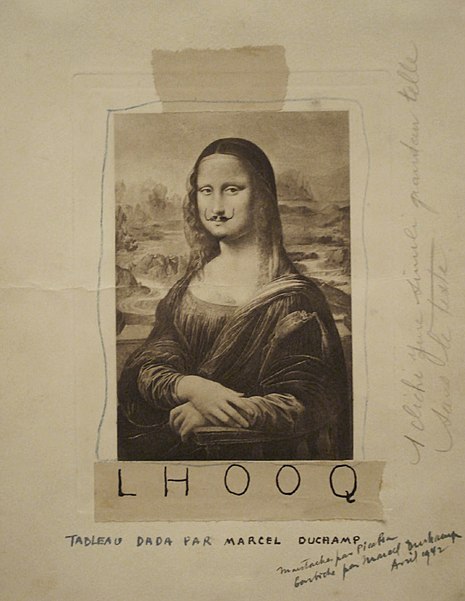Even the long running (2013) zettelkasten.de website credits Niklas Luhmann as being the "original creator" of the zettelkasten.
sigh
We really need to track down the origin of linking one idea to another. Obviously writers, and especially novelists, would have had some sort of at least linear order in their writing due to narrative needs in using such a system. What does this tradition look like on the non-fiction side?
Certainly some of the puzzle stems from the commonplace book tradition, but this is more likely to have relied on natural memory as well as searching and finding via index methods.
Perhaps looking more closely at Hans Blumenberg's instantiation would be more helpful. Similarly looking at the work of Claude Lévi-Strauss and his predecessors like Marcel Mauss may provide at least an attack on this problem.
My working hypothesis is that given the history of the Viennese numbering system, it may have stemmed from the late 1700s and this certainly wasn't an innovation by Luhmann.
link to: https://hyp.is/hLy7NNtqEeuWQIP1UDkM6g/web.archive.org/web/20130916081433/https://christiantietze.de/posts/2013/06/zettelkasten-improves-thinking-writing/ for evidence of start of zettelkasten.de
